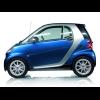Sign in to follow this
Followers
0

Smart's Forvision Conceptualizes the Next-Generation of the Fortwo
Started by
quirky1,
